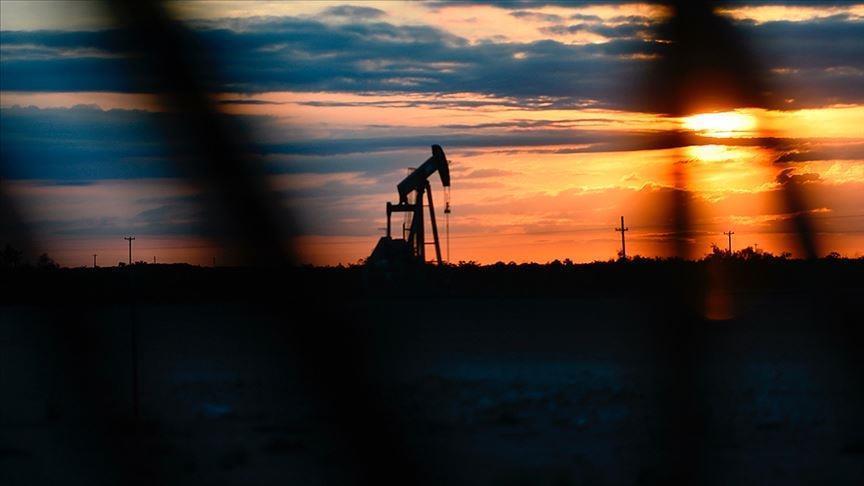Global oil demand will increase by over 10% by 2027 and more than 13% by 2045 compared to 2021, according to the World Oil Outlook 2045 by the Organization of the Petroleum Exporting Countries (OPEC) on Monday.
OPEC forecasts that global primary energy demand will increase to 351 million barrels of oil equivalent per day (boepd) in 2045, representing a rise of 23% from the 2021 level.
‘With strong policy support and declining long-term costs, other renewables, mostly wind and solar, are the fastest and largest growing category in the energy mix, adding 31 million boepd in the outlook period. Natural gas is anticipated to increase by 19 million boepd, followed by oil with just over 12 million boepd,’ the report said.
– Oil to retain highest share in global energy mix
Demand for oil as a primary fuel is anticipated to increase from 88 million boepd in 2021 to 101 million boepd in 2045, with its share in the energy mix dropping from 31% to just below 29%.
Despite decelerating oil demand growth, oil is set to retain the highest share in the global energy mix during the entire forecast period, while the combined market share of oil and gas in the global primary energy mix expected to remain above 50% to 2045.
Global oil demand is projected to reach almost 107 million barrels per day (bpd) in 2027, representing a robust increase of 10 million bpd compared to 2021.
Most of this increase will materialize in the non-OECD region, which accounts for 8.6 million bpd of the medium-term growth. Of this, however, more than 5 million bpd will be realized in the period to 2024.
OECD oil demand is expected to see an increase of 1.4 million bpd by 2027, with the 2.4 million bpd expansion in the period to 2024, offset by a decline of 1 million bpd during the rest of the medium-term.
– Virtually no increase after 2035, signaling period of plateauing oil demand
OECD oil demand is on a declining trajectory after 2024, falling to 34 million bpd by the end of the forecast period. This represents an overall demand decline of almost 11 million bpd between 2021 and 2045.
In contrast, long-term non-OECD demand is expected to increase by 24 million bpd, driven by an expanding middle class, high population growth and stronger economic growth potential.
As a result, global oil demand is projected to increase by 12.9 million bpd, rising to 109.8 million bpd in 2045.
‘Overall growth slows over the projection period, with virtually no increase after 2035, hinting to a relatively long period of plateauing oil demand at the global level. This will be driven by energy policies and technology developments that both play an increasing role in diversifying the future energy mix,’ the report said.
– Long-term demand growth derives from India mostly
According to the report, in the initial years of the forecast period, strong demand growth in non-OECD will be driven by China. However, later in the period, India will take the leading role with demand growth in China slowing significantly and even turning to a marginal decline over the last five years of the forecast period.
‘Fairly robust growth during this period is also projected for Africa and Other Asia where economic progress, urbanization, industrialization, and vehicle fleet expansion will be the fastest among all regions,’ the report highlighted.
The report also warned that uncertainty about the supply outlook remains high.
‘Risks to the economic outlook, high inflation, energy policy goals confronted with energy security challenges, and questions regarding a perceived shortfall in upstream investment, coupled with persisting and new geopolitical uncertainties, means that significant risks regarding the longer-term liquids supply outlook remain,’ the report said.
According to the report, cumulative oil-related investment requirements are projected at $12.1 trillion over the entire 2022-2045 period, slightly higher than the previous forecast.

